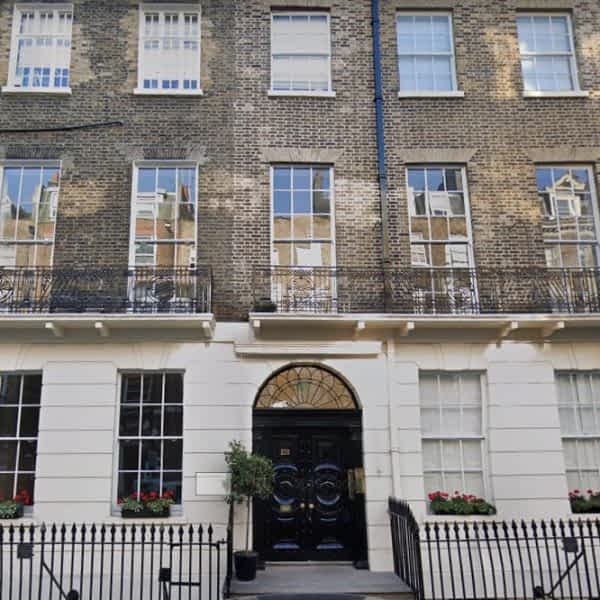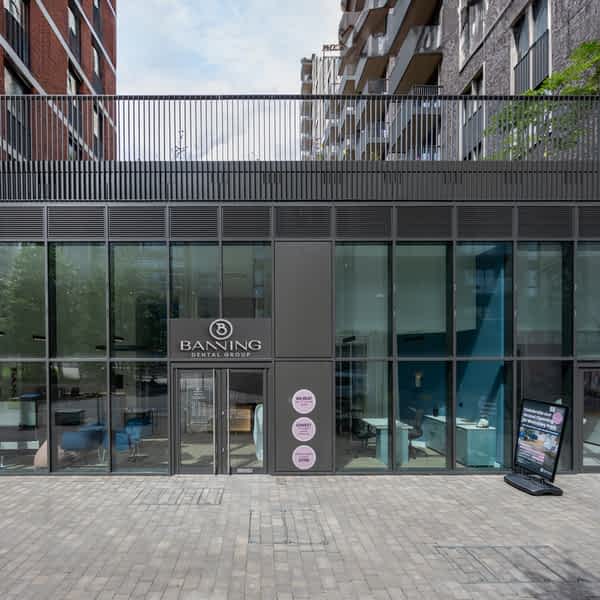
What is a perfect smile supposed to look like?
First impressions count and a smile (or lack of) says a lot about a person. It’s human nature to jump to conclusions about a person’s mood or demeanour based on their oral expressions. We can quickly assume that a person is happy, sad, angry, friendly, confident, insecure, or attractive based on what we perceive from their mouth. A bright smile can light up a room, but if you feel self-conscious about your teeth you might prefer to disappear into the background to not draw attention to yourself.
Beauty is in the eye of the beholder, but you are likely to be your own greatest critic. Your aspirations for a perfect smile may well be based on a vision that you have seen in someone else. Or maybe there’s something in particular that bugs you about your own smile that you’d like to fix.
We each create our own criteria for the perfect smile. This opinion, however, is highly subjective and will vary from one person to another. One may despise a gap between their front teeth, whilst another owns it and considers it part of their character. Some desire ultra-white, almost cartoon-like teeth whilst others dream of a more natural shade that is less conspicuous to onlookers.
Only you can decide what your perfect smile looks like, but it’s your dentist that has the skills to make it a reality. With the evolution in cosmetic dentistry, it is possible to achieve almost any look these days, but if you are considering a smile makeover, read ahead to understand the components that go into crafting the most beautiful transformations.
The science behind the perfect smile
A smile is characterised by more than just teeth. Research has shown that facial symmetry and balance are key principles in the architecture of the perfect smile. Therefore, your dentist needs to evaluate a number of aesthetic factors before deciding the appropriate treatment route.
Facial Aesthetics
This takes into account factors such as how your lips frame the teeth, how your jawline structures your face and your overall facial symmetry. Even though the work will take place in the mouth, the positioning of your eyes, nose, jaw and chin can all play a part in defining the look.
Gum Aesthetics
There’s no point creating beautiful teeth if your gums are letting you down. This is the wardrobe equivalent of dressing in a tuxedo whilst wearing your old, smelly slippers. The appearance and health of your gums are instrumental in creating the perfect smile. Receding gums can expose too much tooth, whilst some people have naturally large gums, known as a gummy smile. Inflammation, colour and gumline profiles should all be assessed to ensure the final result is nothing short of perfect.
Micro Aesthetics
Then it’s a matter of looking at the teeth on an individual basis. Are there any that stick out like a sore thumb and need individual attention? Is there a particular tooth that differs in size, colour, shape, position or just general health that might jeopardise the overall aesthetics? These isolated incidences will need to be addressed before looking at the bigger picture.
Macro Aesthetics
Once all the above has been taken into consideration, your dentist will be able to assess how it all fits together. The final result is the sum of parts. Like a jigsaw that all slots together perfectly with no missing parts and a smooth, even surface to admire at the end.
The anatomy of a perfect smile
When it comes to designing the perfect smile trends, tastes, opinions and desires play an integral role in the consultation process. However, this has to be aligned with the anatomical structure of the face to give the right aesthetic result and function.
The Journal of Conservative Dentistry states that:
‘The goal of an esthetic makeover is to develop a peaceful and stable masticatory system, where the teeth, tissues, muscles, skeletal structures and joints all function in harmony.’
A cosmetic dentist will look at a number of facial measurements and traits to determine how to create a smile that will suit you as an individual.
Midline
Establishing the Midline point is the starting point of every smile design. The dental midline is the vertical line that should pass between the upper and lower front teeth, when measured against other key landmarks in the face, such as the cupids bow or the centre of the eyebrows.
In a perfectly symmetrical jaw, this line would provide even distribution to the two sides of your face. If the dental midline is more than 2mm off centre when compared to other facial references the jaws are not aligned.
Fixing a deviation in the midline will create much greater symmetry in the face. This is where alignment tools such as Invisalign or braces come into play. With a straight jawline and evenly distributed teeth on each side, you will be much close to achieving that perfect smile.
Lipline
To create a perfect smile, your dentist will want to ensure that your lips expose the optimum amount of teeth. This can be affected greatly by missing teeth, protruding teeth, teeth that are too long or too short and receding or excessive gums.
The lipline should not show more than 2mm of gum and should hug the contours of the upper teeth. In a full smile, the teeth should occupy 75-100% of the space between the upper and lower lips to give a youthful appearance. The adjustments that your clinician makes to your teeth will aim to achieve this impact so that your lips provide the perfect frame to your teeth.
Teeth
It’s the job of a cosmetic dentist to design ideal teeth proportions that are both visually attractive and mathematically accurate. There are complex calculations to be made using a variety of guidelines to establish the correct width to length ratios of each tooth.
The central incisor is the dominant structure in these calculations. They are the largest and most visible of our teeth and dictate the proportions of their surrounding neighbours.
Central incisors should always be taller in height than in width and therefore rectangular in shape. If for any reason they are too long, too short or uneven then this is where the skill and artistry of a cosmetic dentist will come into play. A tooth can be built up with composite bonding, covered with a veneer or trimmed to create the perfect dimensions.
The lateral incisors should not be more than 80% of the size of the centre teeth. These teeth are naturally shorter than the central incisor, but some prefer their teeth length to all be equal and may choose to lengthen them as part of their treatment. Again, this is straightforward to do with either composite bonding or veneers.
Our canines should be no more than 80% of the size of the lateral incisor, but the same length as the front teeth to allow an effective biting function.
Your lower teeth should be hardly visible when you smile but will be visible when you speak. Therefore, to achieve a perfect smile, you will want as many of your lower teeth to be corrected to match the upper jaw. Depending on how wide your smile is, you may find that redesigning 6-10 teeth upper and lower will make a significant smile improvement.
Once shape, proportion and alignment have been dealt with, then all you lastly need to consider is colour enhancements through whitening.
How to achieve a perfect smile?
Taking all of these factors into consideration, your dentist will need to draw on a range of dental disciplines during the smile design process. This may require a blended approach of orthodontics, periodontics, cosmetic dentistry and hygiene treatment to achieve the ultimate result.
A great deal of skill, precision, artistry and educated judgement is involved to fine-tune this defining facial feature. Each individual case is different, which is why you will need a personalised treatment plan devised specifically for your vision.
To avoid inconvenience, cost and losing time it’s best to visit a multi-disciplinary dentist like Banning Dental Group so that your journey to achieving a perfect smile is catered for seamlessly and entirely under one roof.










